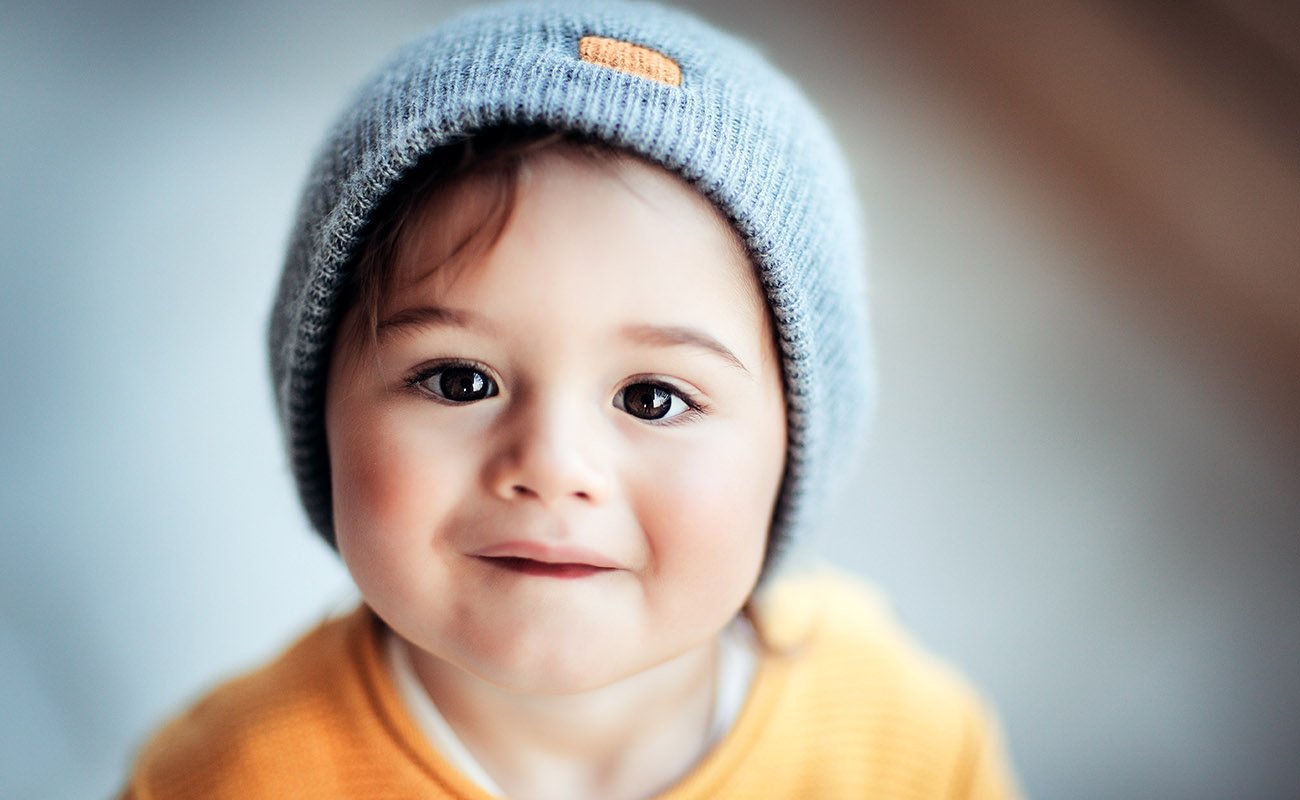Candyland Daycare VTM Location
Get In Touch
Monday to Friday: 6:00 am – 7:00 pm
Saturday, Sunday: Close

Every new parent knows the feeling: It’s 2 a.m. You’re bleary-eyed, and you want nothing more than for everyone to get some sleep. But you’re up. And so is your new baby.Though it would be amazing if your little one could tell you what’s keeping them awake, all you can do is try your best to figure it out. Sometimes, there’s no clear answer. But at least you’ve got Google.
There will be focus throughout this year on mastering letters, sounds, and words. You’ll watch with delight as she takes her first steps toward reading and writing correctly, especially when those activities are linked, both at school and at home. Help your kindergartner have fun with language in everyday life this year and watch as her vocabulary explodes.
She will learn key fundamentals of math this year, too, and there will be countless ways (no pun intended) to encourage this. Educational standards vary across states, districts, and schools, and no two children learn at exactly the same rate, so don’t panic if your little one doesn’t start to read at the same time as the neighbor’s kid.
“Reading to your children at home not only makes them enjoy reading, but it also helps them in school,” says Susan Quinn, a reading specialist and elementary school teacher at Saint Brendan School in the Bronx, New York. Reading together nurtures companionship and fun and builds concentration, focus, and vocabulary.https://www.youtube.com/watch?v=JfCYSUDX2WkThe New Einstein’s Academy offers an innovative program for children. The curriculum is designed to empower the children through social interaction, play, discussion, reflection, and creativity. It is the best preschool in Chicago. The daily program of New Einstein’s Academy includes free play, hands-on activities, many learning and outdoor activities. The preschool also goes on field trips on a bi-monthly basis.
It’s always better to start them on easier books, because then they feel successful, and that spurs them on, so they’ll read more.John Doe
Tweet
Quinn says. Dr. Seuss books, with their rhymes and simple words, are perfect for this age, Quinn says. Kids learn through repetition, so read the same favorite books over and over, ask questions, and encourage your child to say simple words aloud. Throughout the day, have her say the words she sees on street signs, billboards, and computer screens, or have her search for high-frequency words in a magazine.
They will also write short, simple sentences such as “The cat ran home.” Keep a special box or bin at home filled with writing materials (crayons, pencils, markers, paper, and notepads) so your child can practice writing simple sentences about special things he’s done or seen during the day. Ask about what he’s written, and have him read it aloud. Offer encouragement by displaying his writings on the refrigerator or on her bedroom wall.
Kids this age will learn to recognize, write, order, and count objects up to the number 30. They will be able to add and subtract small numbers (add with a sum of 10 or less and subtract from 10 or less); this focus on addition and subtraction will continue through second grade.
Get your kindergartner to look for the numbers one through 30 in magazines and newspapers. He can cut them out, glue them on paper, and put them in order. When you’re riding in the car or waiting in line, play a game of “What comes next?” Give your child a number and ask him to identify the following number. At bedtime, ask him to count how many stuffed animals he has, and ask, “How many books about dogs do you have? How fast can you count them?” Take two of these books away and ask, “How many are left?”
Help your child understand the concept of time by saying what time it is during routine activities. Use and explain words like morning, noon, night, yesterday, today, and tomorrow. Make a timeline together showing a typical day, with drawings of regular events and the time of day written beneath each one.

In addition to learning about time, 5- and 6-year-olds can name the four seasons, so chart changes in the weather together on a special weather calendar to help your child learn how the seasons change. Find pictures illustrating the seasons (colorful leaves, snow, blooming flowers) and discuss what your child sees in them. Talk about what clothing you can both wear during each season.